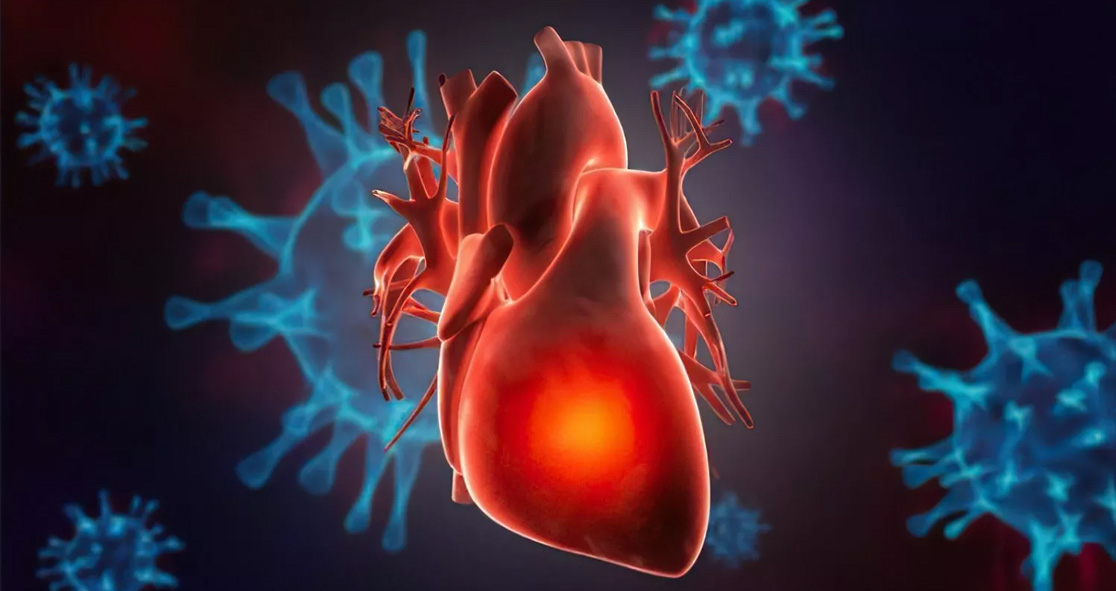A preclinical study, reported in Circulation Research, has found that the coronavirus can infect specialized pacemaker cells that maintain the heart’s rhythmic beat, causing a self-destruction process within the cells, according to Science Daily.
The study, conducted by researchers at Weill Cornell Medicine, New York-Presbyterian and NYU Grossman School of Medicine, offers a plausible explanation for arrhythmias that have been commonly seen in patients with COVID-19 infection.
Using an animal model and human stem cell-derived pacemaker cells, the researchers showed that the virus can readily infect pacemaker cells, triggering a process called ferroptosis, a type of programmed cell death.
The study’s co-senior author Dr. Shuibing Chen said, “This is a surprising and apparently unique vulnerability of these cells – we looked at a variety of other human cell types that can be infected by SARS-CoV-2, including even heart muscle cells, but found signs of ferroptosis only in the pacemaker cells.”
Arrhythmias have been seen in many COVID-19 patients, with multiple studies linking these abnormal heart rhythms to worse COVID-19 outcomes. However, it is unclear how COVID-19 infection could cause such arrhythmias.
The team found that in response to the stress of infection, the pacemaker cells showed clear signs of ferroptosis – the accumulation of iron and the uncontrolled production of cell-destroying reactive oxygen molecules.
The researchers were able to reverse these signs in the cells using compounds that bind iron and inhibit ferroptosis.
Another co-senior author of the study Dr. Robert Schwartz said, “This finding suggests that some of the cardiac arrhythmias detected in COVID-19 patients could be caused by ferroptosis damage to the sinoatrial node.”
The authors said, “Although in principle COVID-19 patients could be treated with ferroptosis inhibitors specifically to protect sinoatrial node cells, antiviral drugs that block the effects of SARS-CoV-2 infection in all cell types would be preferable.”
Dr. Todd Evans, another co-senior author, said, “There are other human sinoatrial arrhythmia syndromes we could model with our platform.”
“And, although physicians currently can use an artificial electronic pacemaker to replace the function of a damaged sinoatrial node,” he added, “there’s the potential here to use sinoatrial cells such as we’ve developed as an alternative, cell-based pacemaker therapy.” The article was published Friday in Science Daily.























